10 trends driving enterprise IT transformation in 2020
By MYBRANDBOOK
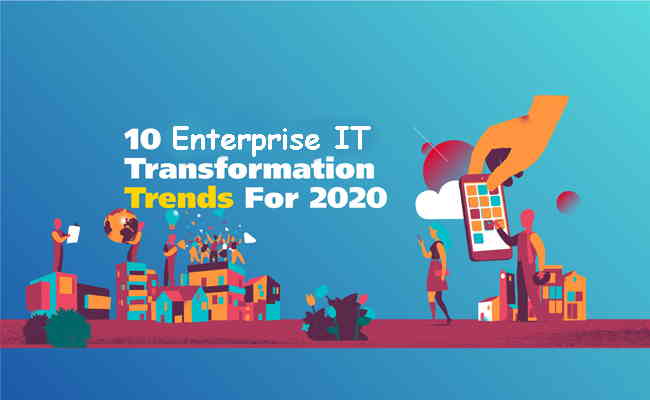
INDIA - 2020 is all about executing on enterprise digital transformation. Early digital adopters are now beginning to show real traction and gains – particularly when it comes to customer, and more specifically, human experience technology. Those who haven’t opted in, and who chose to focus on cost efficiencies at the expense of network and technology investment, are now or will soon be suffering from innovation attrition, which can leave them unable to effectively compete. The focus in 2020 needs to be on how organizations can use technology to help them deliver on their customers’ business objectives in uncertain times. They need to improve agility, security and performance, and focus on the customer experience – and both basic and niche technologies are the answer.
With this in mind, here is Verizon Business’ view of those enterprise technology trends that are most likely to impact our global business and government customers in 2020 -
It’s back to basics for technology investment, but high-tech initiatives will also find their niche: In a customer-focused world, and an ever more competitive global business environment, organizations will need to understand that there are no shortcuts when it comes to technology investments. It’s about going back to basics in terms of business needs, but also looking at how niche technology can be used to improve the customer experience, while making it more human – for example, by using a virtual reality image of a service rep that can actually convey human emotion and sentiment. A few years ago this was all too expensive – but now, we can deploy tech to help make life easier, save time and focus business operations on the personalized needs of the individual.
We’ll use technology to manage uncertainty: We’re living in a time of political and economic uncertainty, so the ability to move quickly to seize opportunities and mute distractions will determine business success. This is why software-defined networking will continue to be embraced by organizations around the globe, to enable flexible and agile network orchestration which supports application delivery by type, and business expansion when opportunities present themselves. It’s all about giving organizations the ability to turn on a dime, enabling network and technology investments quickly and efficiently.
We will focus on re-architecting and re-defining the cloud: In 2020, organizations will focus on how well they can architect their multi-cloud environment to deliver fast, flexible and agile computing potential, as well as driving cost benefits – something that has been termed “point of need clouds”. It’s about moving from a through-the-network data flow to a straight-there flow (eg 5G to cloud to 5G) to enable edge applications such as artificial intelligence, video or IoT. The growth of mobile-edge computing will see these applications growing in type and scale, while being containerized so they can be easily deployed, moved between different cloud stacks, and mapped. Virtualized connectivity is the objective.
We’ll need to recognize data gravity: As data volumes continue to grow in the 5G era, data will develop its own gravity. Data will be king, and data volumes will be too large to move to the application – the application will need to go to where the data sits. In an age of edge computing and distributed analytics, applications will need to become data-centric, and managing data location and security will be a key priority.
We’ll all want insight and control: So, applications become data-centric – but the multi-cloud environment will also be application-centric, and the challenge will be how to gain control of those applications to prioritize and manage data flows via automated policy management. Organizations will need to get insight and control of end-to-end application performance, and how that relates to the application user, to be able to capitalize on the potential of their network environment – and be able to sort it out when things go wrong.
We’ll need to adopt a new operating model: In a virtualized world, we’ll need to adopt a new operating model to buy and procure information technology assets. In 2020, the procurement process will become more fluid, based around larger ecosystem partnerships, and a multi-partner environment, rather than single vendors. But managing this space will be a key challenge. Organizations will need to recognize that in a hypercompetitive environment, the brand is the only edge. Delivering customer outcomes will be the primary focus, so it’s all about making it easier for the customer to solve their issues.
Customer connections will explode: With customer interactions now taking place in person, online, on social; in the contact center and in the store; by voice, or virtual and augmented reality; success in this new decade will all be about how best to manage those connections. The question is, do we embrace this world of customer-centric connectivity, or try to control it? In 2020, the customer contact market will explode, with more alternatives for voice and video integration, and a continued move to pop up endpoints, and distributed contact center services. Organizations need to keep the customer experience front and center, or risk damaging their reputation and brand.
It’s time for a digital CIO: In an increasingly complex enterprise IT environment, the challenge for humans is how to process the wealth of system data to understand just what is going on. The answer is an immersive, virtualized, dashboard view, presenting data in a people-literate manner that humans can understand. Artificial intelligence will enable the creation of a ‘digital CIO’ to work alongside the human CIO, using sensory data to highlight system performance, and flag any issues.
We’ll need to be pragmatic when it comes to security: We’ve seen targeted attacks on companies and Government in recent months, whether state-sponsored or not. With an election year in the US, and political and economic turmoil around the globe, we can expect the bad guys to focus on breaching our defenses. We’ll need to focus on security basics, and doing them well, to keep information secure and privacy intact. The largest threats though are still those of the insider. The need to create and manage zero trust architectures is stronger than ever, because today’s friend may be tomorrow’s foe.
10. It’s all about what you do with 5G: With 5G services rolling out around the globe, in 2020 it will all be about what organizations do with it. Robotics, automation and IoT will be the first out of the gate when it comes to enterprise 5G possibilities, but in 2020, the major focus will be exploring the art of the possible. And we’ll also see a rise in the 5G consultancy service, as first movers look to monetize their expertise around the globe.
“In this new era of the democratization of data and technology in general, we’ll continue to see global innovation accelerate faster than Moore’s Law,” said George Fischer, President of Global Enterprise for Verizon Business. “Businesses and governments need a well-defined strategy and execution plan to avoid losing ground due to analysis paralysis. We are entering a new age where these technologies enable highly customized experiences built around end-user and corporate values.”
Fischer continued, “We’ve been talking about the importance of operating within a Real-Time enterprise environment for some time now, which is all about using technology to get insights into customer and operational activities. We think that 2020 will be a real breakthrough year for early digital adopters, who now find themselves well-placed to reap the benefits of disruptive technologies like 5G, but also niche technologies that have the potential to differentiate their competitive service proposition. There’s no doubt but that we live in uncertain times – but they are also exciting times when it comes to technology potential. I’m looking forward to helping my customers drive their business forward.”


Legal Battle Over IT Act Intensifies Amid Musk’s India Plans
The outcome of the legal dispute between X Corp and the Indian government c...

Wipro inks 10-year deal with Phoenix Group's ReAssure UK worth
The agreement, executed through Wipro and its 100% subsidiary,...

Centre announces that DPDP Rules nearing Finalisation by April
The government seeks to refine the rules for robust data protection, ensuri...

Home Ministry cracks down on PoS agents in digital arrest scam
Digital arrest scams are a growing cybercrime where victims are coerced or ...


Icons Of India : Deepak Sharma
Deepak Sharma spearheads Schneider Electric India. He brings with him ...
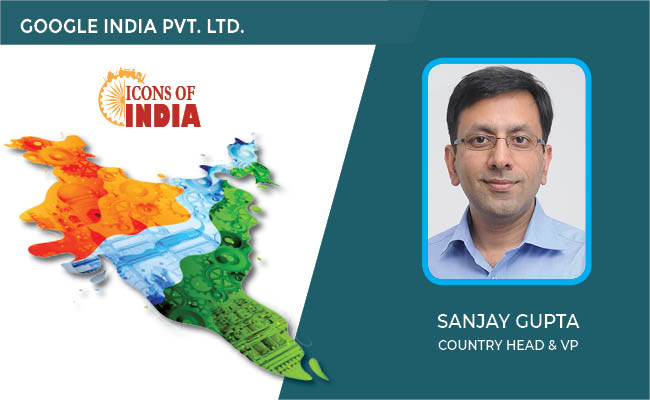
ICONS OF INDIA : SANJAY GUPTA
Sanjay Gupta is the Country Head and Vice President of Google India an...
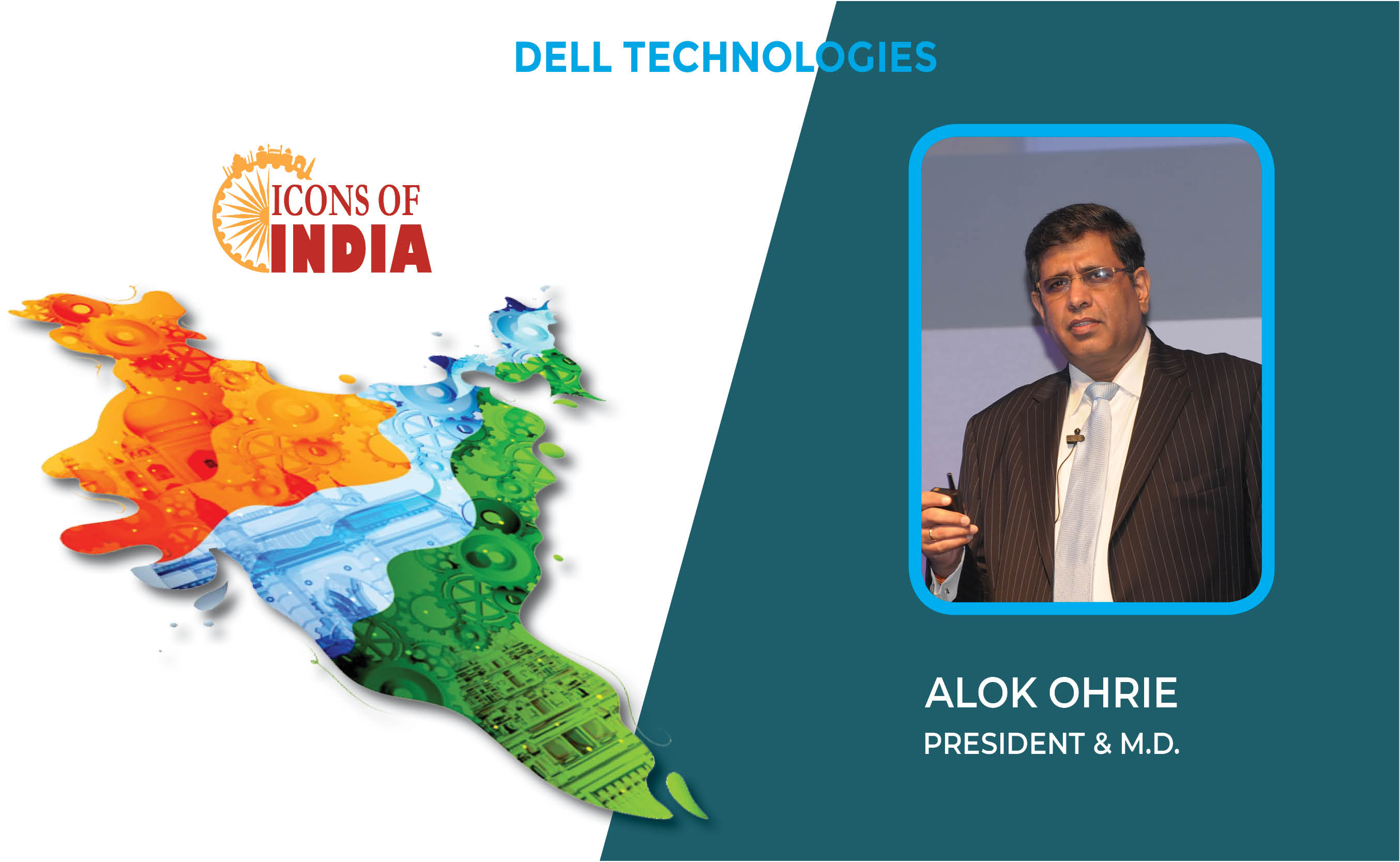
Icons Of India : ALOK OHRIE
Alok Ohrie leads Dell Technologies’ India business, overseeing Sales...

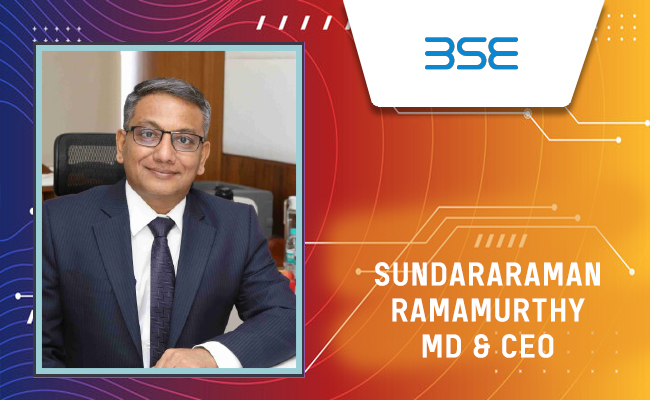
BSE - Bombay Stock Exchange
The Bombay Stock Exchange (BSE) is one of India’s largest and oldest...
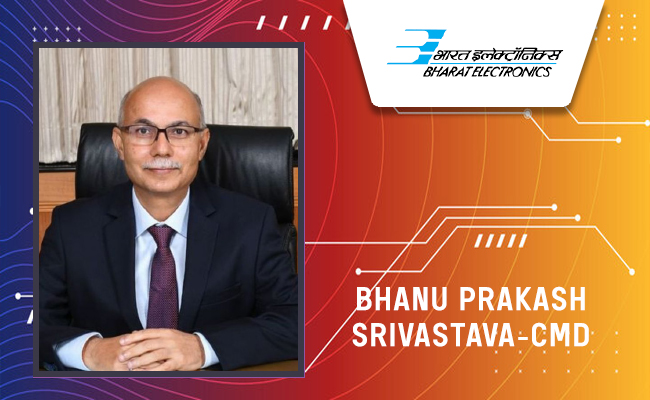
BEL - Bharat Electronics Limited
BEL is an Indian Government-owned aerospace and defence electronics co...
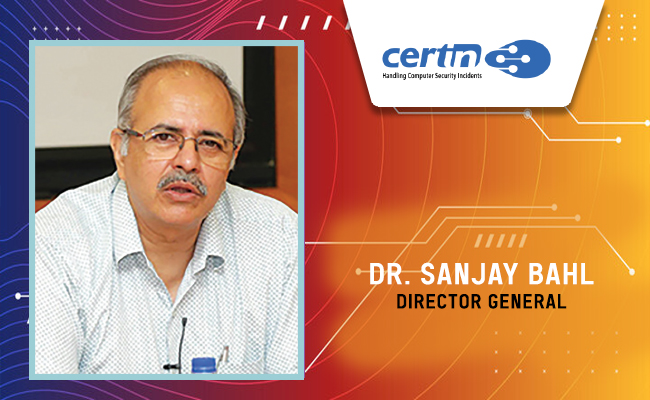
CERT-IN - Indian Computer Emergency Response Team
CERT-In is a national nodal agency for responding to computer security...

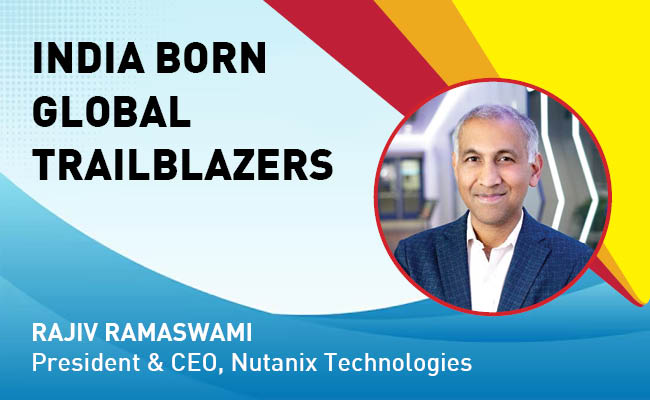
Indian Tech Talent Excelling The Tech World - Rajiv Ramaswami, President & CEO, Nutanix Technologies
Rajiv Ramaswami, President and CEO of Nutanix, brings over 30 years of...
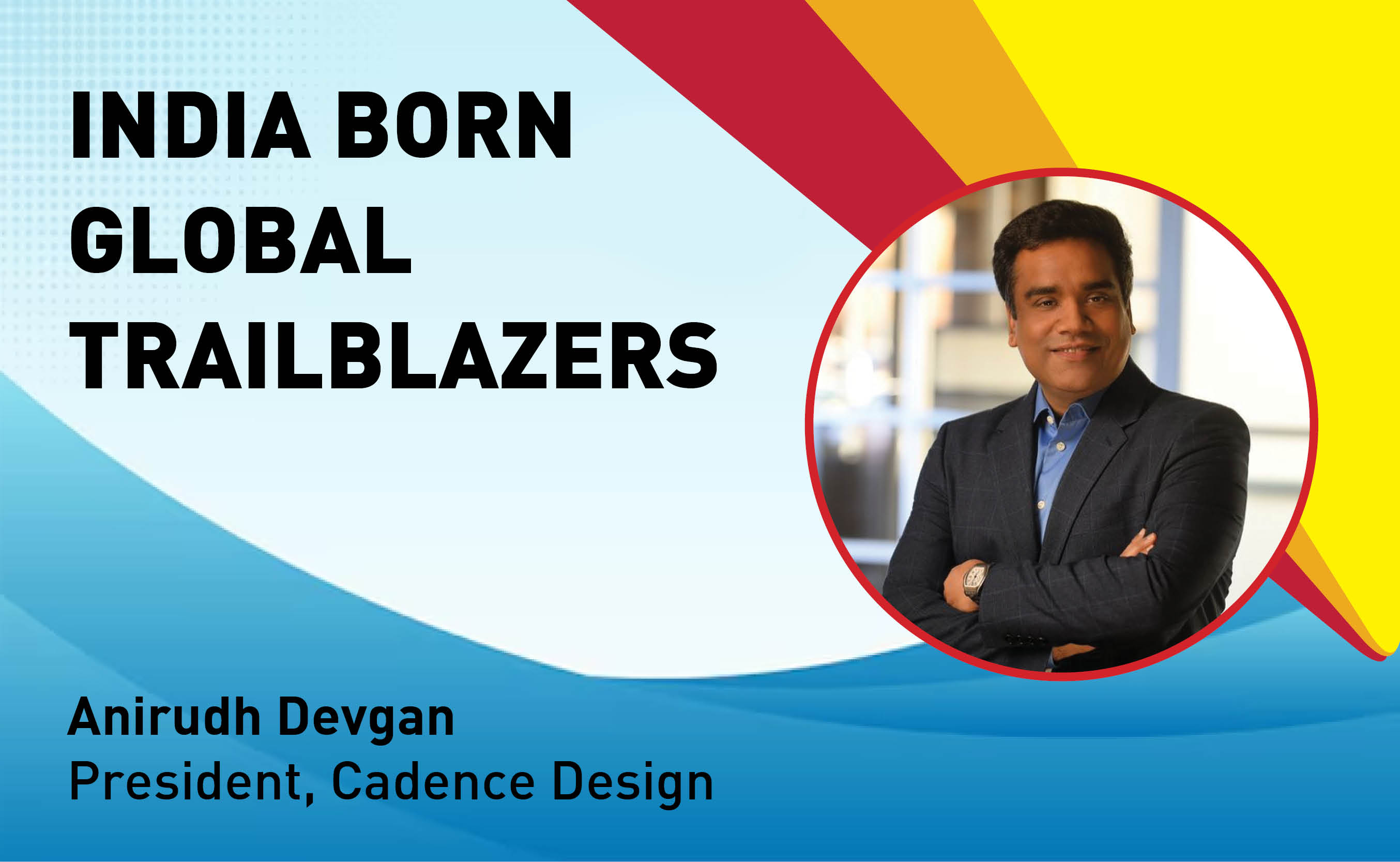
Indian Tech Talent Excelling The Tech World - Anirudh Devgan , President, Cadence Design
Anirudh Devgan, the Global President and CEO of Cadence Design Systems...
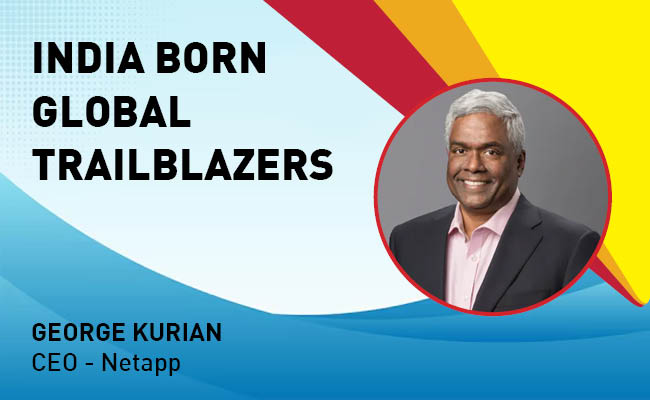
Indian Tech Talent Excelling The Tech World - George Kurian, CEO, Netapp
George Kurian, the CEO of global data storage and management services ...
 of images belongs to the respective copyright holders
of images belongs to the respective copyright holders